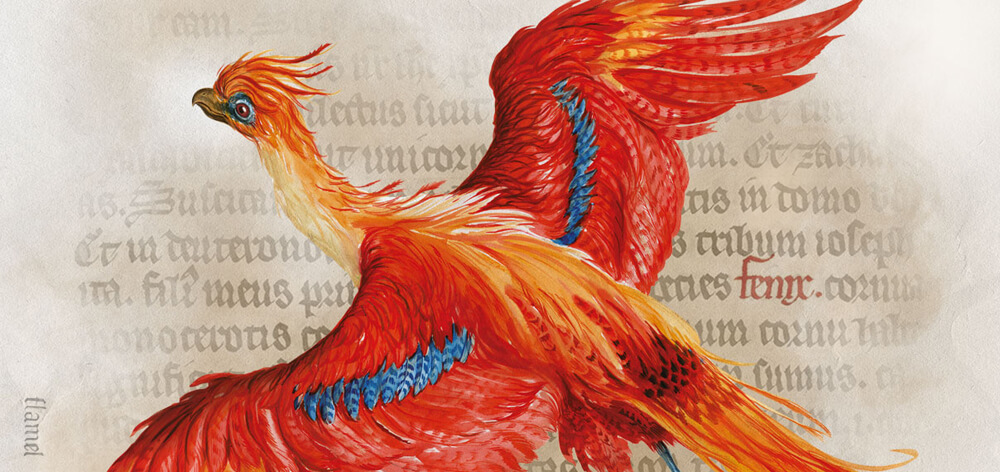
This past Thursday, I visited the New York Historical Society to see Harry Potter: A History of Magic. This fun and informative exhibition sets J. K. Rowling’s Harry Potter series in its historical context by showing how it fits into historical beliefs about magic. It originated at the British Library and arrived in New York early last month.

For the devoted Harry Potter fan, which I assume you are if you’re going to read this entire post, there’s plenty of specifically Harry Potter-related material to enjoy. The exhibition includes many of J.K. Rowling’s original notes, manuscripts, and illustrations that she made while creating the series. For example, I saw her sketch of how the wall opens up to reveal Diagon Alley, her list of possible names for Hogwarts professors, the paper on which she worked out the Sorting Hat song, and many pages of her edited typescripts. I also saw a note written by Bloomsbury Publishing chairman Nigel Newton’s young daughter, Alice, after she read the first chapter of the Harry Potter and the Philosopher’s Stone. It was her glowing verdict that convinced her father to publish the book. There’s also loads of original Harry Potter art, much of it by Jim Kay, who was recently selected by J.K. Rowling to make new color illustrations for the series. Kay’s paintings were probably my favorite part of the exhibition. I especially loved one of Harry standing on Platform 9 3/4 in Philosopher’s Stone. Harry and his luggage are in focus, while the Hogwarts Express and all the many people around him are blurry. Kay did such an excellent job of conveying the confusion that Harry must have felt at that moment. I also loved Kay’s panoramic and highly-detailed sketch of Diagon Alley. His Fawkes the Phoenix illustration, which is highlighted in the show’s marketing, is also spectacular and appears at the top of this post. In the main lobby, well outside the main exhibition area, there’s another display of more illustrations by Kay and some other Harry Potter illustrators, including Mary GrandPré, whose Scholastic covers I grew up with in the American edition.

As for the historical aspect of the exhibition, it includes many medieval and Renaissance manuscripts and printed books, and ancient through modern objects to do with magic. The exhibition has separate galleries for all of the main subjects that students study at Hogwarts – Herbology, Potions, Charms, Care of Magical Creatures, Astronomy, Divination, and Defense Against the Dark Arts. (Transfiguration that didn’t have its own room.) Each gallery displayed relevant Harry Potter material alongside objects and texts showing the historical roots of these ideas. For example, the Potions gallery focused a lot on the historical practice of alchemy, including a wild 16th-century alchemical scroll called the Ripley Scroll (see image below). The Charms gallery included examples of talismans from several parts of the world. In the Herbology, Defense Against the Dark Arts, and Care of Magical Creatures galleries, I saw many medieval and Renaissance books and manuscripts depicting and describing real or imagined attributes of the plants and animals that Harry and friends encounter in the series. I was really excited to see a medieval bestiary that was on loan from the British Library, since it featured heavily into a paper I wrote in college. My paper was about the phoenix in medieval bestiaries, and the manuscript was also being used to talk about the phoenix here, so it was open to the very image I had written about. (It’s the second image in this post.) In the Divination gallery, which was one of my favorites, I saw examples of various kinds of fortune-telling instruments from around the world. Some were on loan from the Museum of Witchcraft in Cornwall, which must be a very interesting place judging by this selection. It occurs to me that if Hogwarts school museum (if that’s even a thing) did an exhibition about the history of magic, it probably wouldn’t look much different than this.
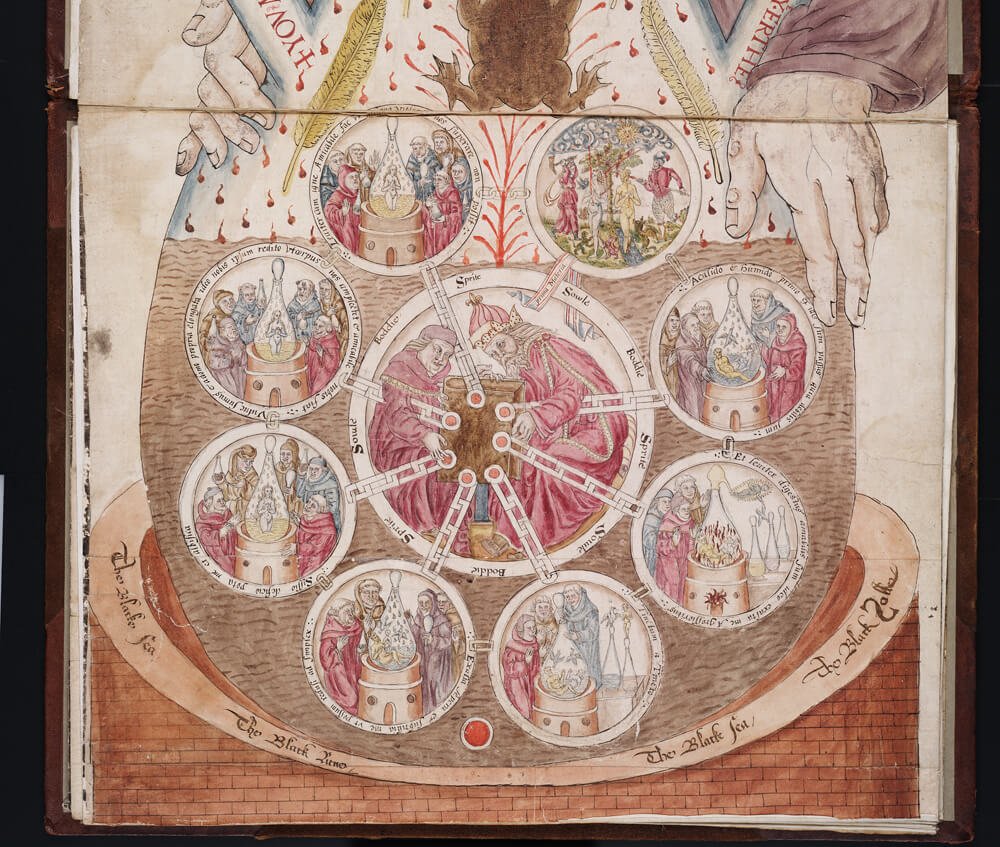
I think the takeaway from this exhibition is that the wizarding world in Harry Potter isn’t something that came out of one woman’s head. It’s an extremely-well informed response to millennia of mythology, literature, ritual, and belief from all over the world. The creatures, plants, spells, ideas about magic, names, and more come from the ancient and classical worlds, the Middle Ages, and the Renaissance of both the east and the west. The exhibition does an excellent job of presenting lots of information about things like where the idea of a mandrake comes from or who the real Nicholas Flamel was. And, for me, it also highlights how much of a creative genius J. K. Rowling really is, since she was able to acquire and absorb all this information and then weave it all into a compelling story and a fully-realized world is believable and fantastical at the same time. But, neither of this points was new information to me, and I suspect that the same is true for most other Harry Potter fans.
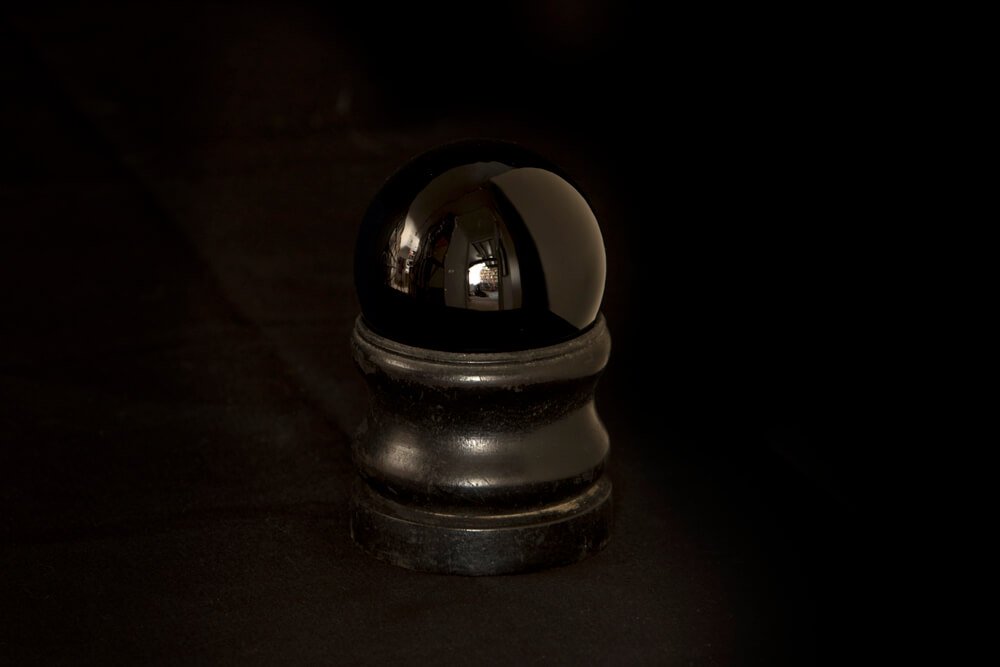
As you might expect from a Harry Potter exhibition, there are some theatrical and high-tech components in this show, including some projections and voiceovers, as well as a couple of touch-screen activities where you can make a potion, look into a crystal ball, and stuff like that. The galleries are set up to look like rooms at Hogwarts, with pointed arches for doorways, fake books lining the walls, and stuff like that. But the exhibition overall is solid substance with just a little added fluff for fun.
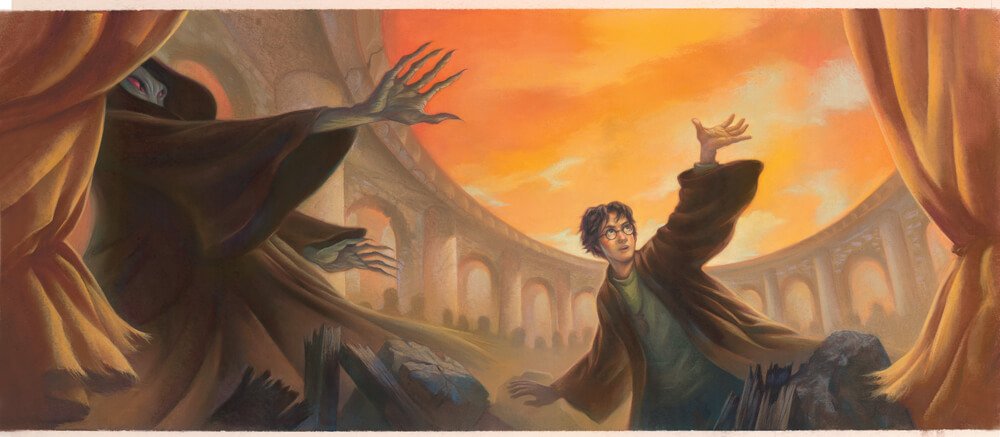
Harry Potter exhibition tickets also include admission to the rest of the museum. In fact, they cost the same as regular admission; the only difference is that they’re timed. The New York Historical Society has a bunch of very diverse and changing exhibitions. For example, there’s currently one about tennis star Billie Jean King and one about African-American citizenship. There are some varied art collections as well. By far my favorite non-HP exhibition was a large gallery of Tiffany lamps. There are tons of them on display, and they’re all so beautiful! The exhibition talks a lot about Clara Driscoll, who designed and oversaw much of the production of Tiffany’s nature-based lamp designs. Based on what I heard a docent telling a passing tour group, it seems like Driscoll’s role at Tiffany Studios is only recently beginning to be fully understood
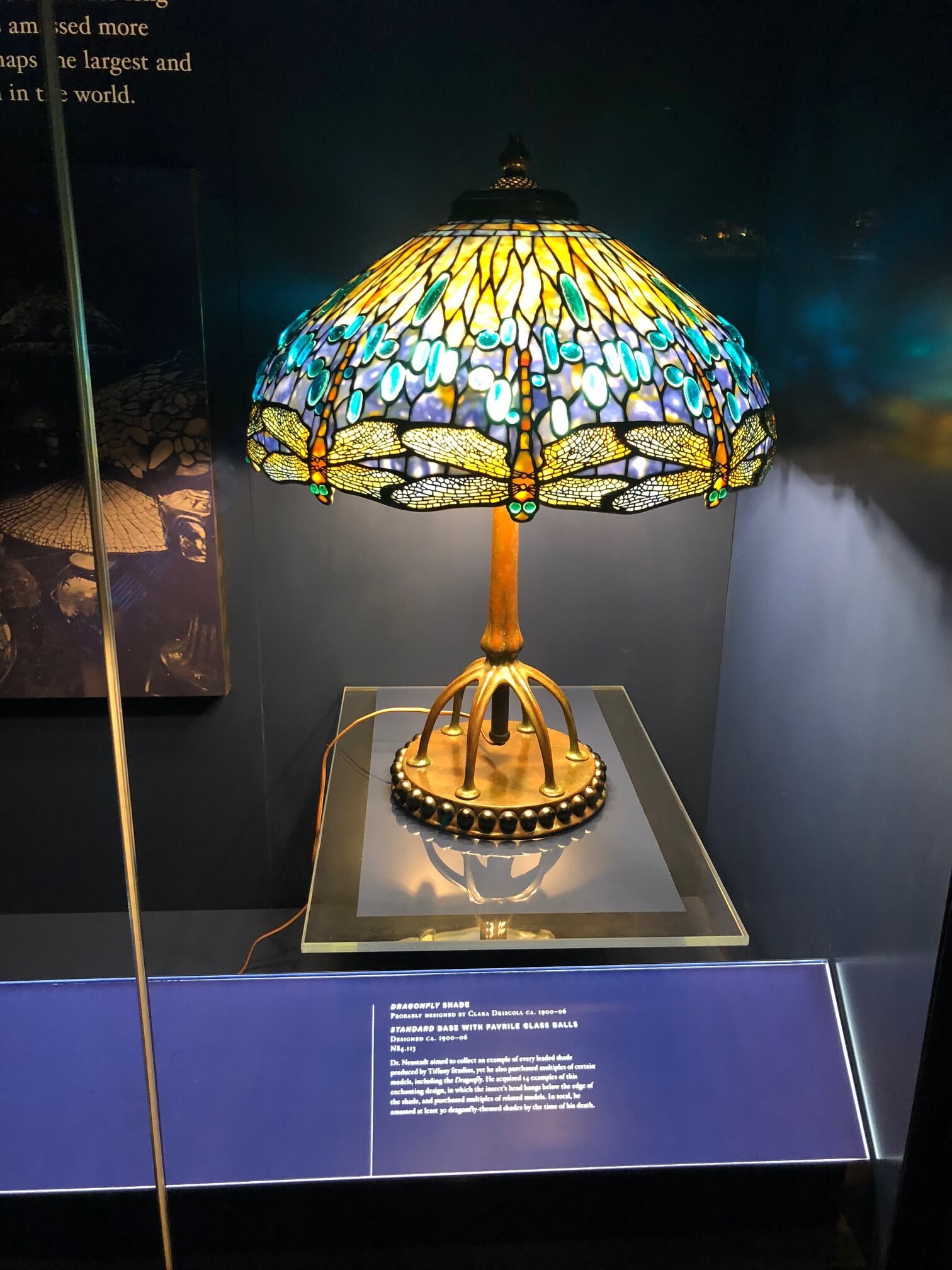
Speaking of stained glass, the Historical Society’s library has two beautiful stained glass windows. They seem to depict the scenes from the early colonial period. You can’t go into the library at look at them up-close without a researcher’s permit, but a kind guard did let me step inside for a moment to take a look.
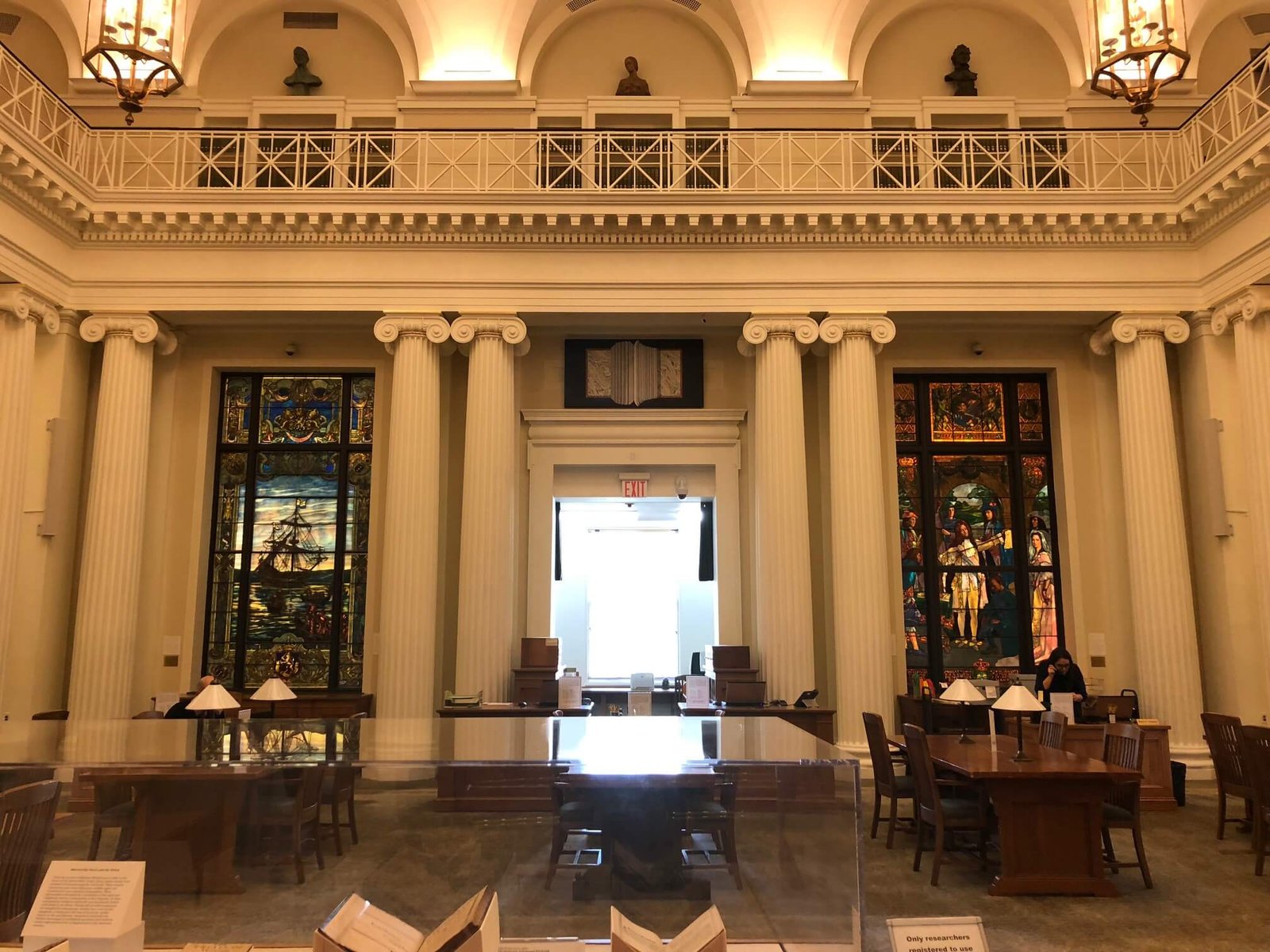
Details
Harry Potter: A History of Magic opened at the New York Historical Society on October 5, 2018 and runs through January 27, 2019. The museum is closed on Mondays and holidays, including Election Day (Nov. 6). To see the exhibition, you need a timed ticket. There are entry times every 15 minutes throughout museum hours. They say that it takes about 45 minutes to walk through, but it took me well over an hour, and there wasn’t anybody telling me to move through faster or anything like that. I had the luxury of visiting in the middle of the day during the week, when it wasn’t at all crowded, but I imagine it must be a totally different story on the weekends. Admission is $21 for adults, $16 for seniors, teachers, and veterans, $13 for students, and $6 for children ages 4-12. Harry Potter tickets also include admission to the rest of the museum.
After the last gallery, which mainly deals with the first Fantastic Beasts movie and the Cursed Child play, you exit directly through an extensive Harry Potter gift shop and then into the regular gift shop, which also has tons of Harry Potter stuff right now. But make sure you also look your right after leaving the Harry Potter shop, since you’ll see a display of costumes from the Cursed Child play. The Historical Society contains two places to eat. I had lunch at Parliament Espresso and Coffee Bar, which is the less expensive of the two and is very cute. I recommend it for lunch or a snack.

